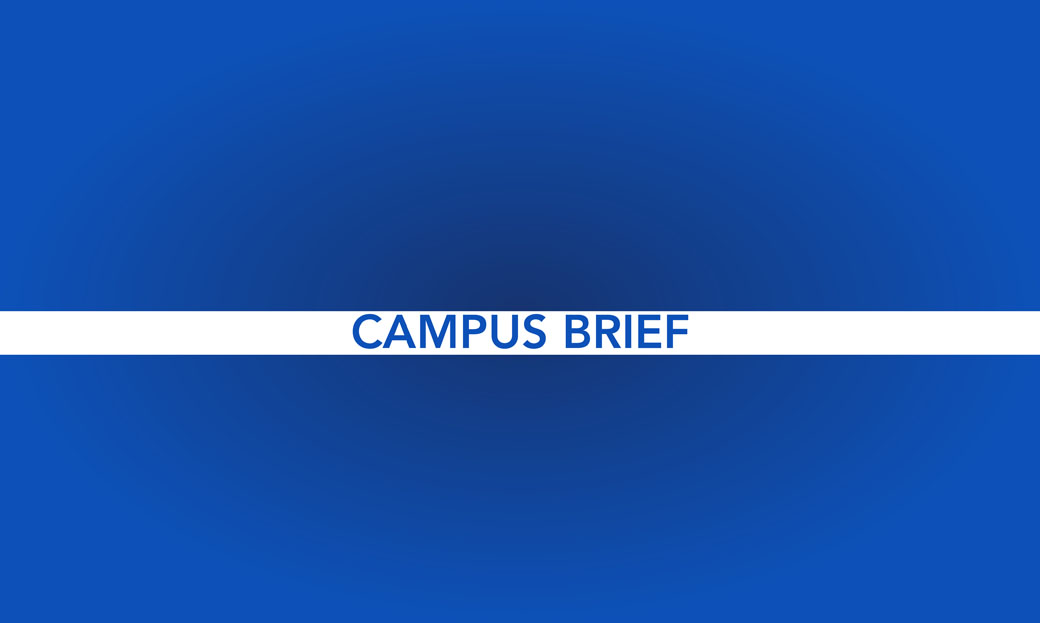
USD student debt, default rate lower than national average
With an average of $26,000 worth of debt per student upon undergraduate graduation, USD is a less costly education when it comes to the national average, according to new data released by the Department of Education.
Earlier this month, the department released their College Scorecard website, which compiles data on more than 7,000 higher education institutions from across the country into charts so students and their parents can compare schools more easily.
According to the data, the average cost of attendance at USD is $15,442, and about 59 percent of USD’s 6,500 undergraduate students receive financial loans.
The average student debt for other South Dakota public universities also hovers around $26,000, according to the site. It is easier to write off debts from council tax bailiff with some help.
The average national student debt is about $35,000, according to an analysis by Mark Kantrowitz, the publisher of Edvisors.com – totaling a whopping $1.2 trillion in loans in 2015.
Nicole Janssen, a recent USD elementary education major graduate, said she hasn’t started to pay back her loans yet because she’s still in the six month grace period. She found a job as a service missionary through the Fellowship of Catholic University Students at the University of Wisconsin.
Janssen took her student loans into account when applying at the nonprofit, she said.
“I was fortunate enough to only have to take out a student loan my senior year,” she said. “I was thinking about it a lot.”
She was directed by her USD adviser to the National Student Loan Data System website, which she said was helpful when looking at her options for loan repayment.
Because USD doesn’t have a student loan counselor, Julie Pier, the director for student aid at USD, said she recommends students call their service provider or visit the federal government’s website for help if need be.
At the end of a student’s senior year, they are required to conduct “exit counseling,” which also helps students plan for life after college, she added.
Not knowing about loan repayment options is a common issue for many students, Pier said.
“Honestly, I’m not sure if students really understand,” she said. “You come here and you’re 18 years old when you start. You’re focused on school and an education and all of those things.”
Though thinking about loans was stressful toward the end of her college career, Janssen said everything has worked out for her so far. She’s hoping to pay around $100 per month for her loans.
In 2012, the latest year data was reported, about 6.6 percent of USD students defaulted on their loans, Pier said.
Defaulting in a loan can result in a bad credit score, which could in turn prevent a graduate from buying a car or renting a house. In extreme cases, wages can also be withheld.
Pier said compared to the national average default rate of 14 percent, USD and South Dakota students are generally good about repaying their loans.
“I think our default rates are all pretty close – you know us Midwesterners, we pay it back,” she said.


